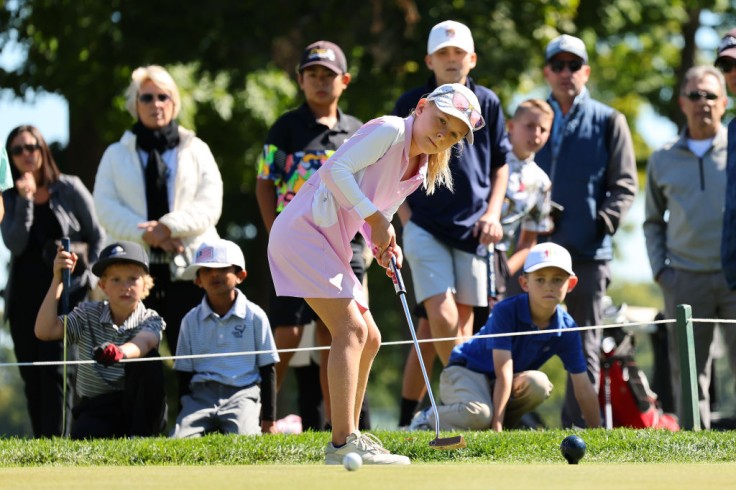
Physically active children are less susceptible to diseases caused by respiratory infections.
A new study reveals that children who participate in any physical activity, whether sports, playing in the playground, biking, or walking, have scientifically proven to be more protected from respiratory diseases.
Physically active children
The hypothesis in the new study is that increased levels of physical activity eventually lead to decreased levels of inflammatory cytokines.
Cytokines are proteins linked to persistent inflammation and illness while simultaneously boosting the immune system's responses.
According to Forbes, in 2018 and 2019, researchers evaluated the levels of physical activity and symptoms of upper respiratory tract infections, such as coughing and sneezing, in 104 children between the ages of four and seven.
During the observation, some physically active children, who increased their daily steps by 1,000, felt and showed fewer signs and symptoms of any respiratory tract infection.
It was shown that children who participated in physical exercise for three hours or more per week had fewer days where they experienced symptoms than children who did not participate in such activity.
Although extra data were reported, the researchers stated that they could not find any correlation between symptoms of respiratory tract infections and siblings, sleep habits, exposure to pet hair, exposure to secondhand smoking, or vaccines.
The quantity of physical exercise advised for children varies depending on age; however, most health organizations propose that children participate in a daily average of 60 minutes of physical activity.
It has previously been shown that children who engage in regular physical exercise have a lower chance of developing obesity, high blood pressure, osteoporosis, type 2 diabetes, and cardiovascular disease.
Read Also: Food Fraud Cases Increasingly Growing in Kitchens Everywhere in America; How to Detect It
Physical activity prevents respiratory tract infection
Physically active children and young adults benefit immensely from a stronger body to protect themselves against bacteria and viruses that cause different diseases.
According to the Centers for Disease Control and Prevention (CDC), only 24 percent of children aged six to 17 engage in at least 60 minutes of daily physical exercise.
Only 24 percent of children aged six to 17 engage in at least 60 minutes of daily physical exercise, as reported by the CDC.
On the other hand, according to figures provided by the organization, just 25 percent of adults aged 18 or older engage in sufficient levels of physical exercise.
Children and adolescents can benefit from regular physical activity since it can help them develop strong bones and muscles, improve their cardiorespiratory fitness, maintain a healthy weight, and reduce the symptoms of depression and anxiety.
Children and young adults who engage in regular physical activity may also experience a reduction in feelings of depression and anxiety as a result of their regular exercise.
Once again, this practice has been proven correct by the study's findings, according to Attitude Magazine, indicating that exercising or making a conscious effort to be physically active can help minimize feelings of depression.
Physical exercise therapies show potential as an alternative or supplement to clinical depression therapy.
Teenagers who were physically active had more significant decreases in depressive symptoms than younger ones.